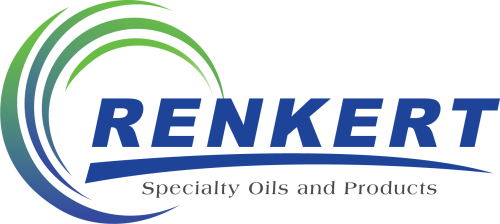
The brave men and women who step up to serve as firefighters deserve an investment in rigorous and thorough firefighter courses and training.
Resources such as state-of-the-art PPE (personal protective equipment), training facilities that present realistic scenarios, and high-quality instruction materials are essential.
Another important resource that should never be overlooked is an appropriate accelerant used in training. As our partners in fire suppression can attest, naphtha is particularly useful.
The Tradition of Using Naphtha in Firefighter Training Programs
Referring to various flammable liquid hydrocarbon mixtures, naphtha can be derived from different sources. Naptha used in U.S. firefighter training is typically derived from petroleum.
Its association with firefighting goes back as far as the Crusades.
Middle Eastern fighters defended themselves by throwing glass containers filled with naphtha at the Christian Knights, followed by flaming torches that would burn them inside their armor.
The Knights were awarded the Maltese Cross to recognize their bravery. To this day, the same symbol is commonly used by fire departments to acknowledge the bravery of firefighters.
Naphtha’s appropriateness for firefighter training goes beyond tradition, however.
Essentials for an Effective Firefighter Training Program
Why is the choice of accelerant important? Consider some of the elements of a successful fire suppression training program.
Hazardous Materials
Firefighters need to be able to accurately classify hazardous materials to properly assess the threat they pose.
These hazards include substances that are:
- Corrosive
- Reactive
- Caustic/Irritant
- Flammable/Explosive
- Toxic/Poisonous
When used appropriately in a controlled training environment, naphtha can provide firefighters with hands-on experience dealing with a Class 3 flammable liquid with common characteristics.
Building Construction
The classification of building types and how the structure is likely to react to fire is essential knowledge.
A strong firefighter training program will first provide instruction on these classes:
- Type I – Concrete block walls and concrete roof
- Type II – Concrete block walls and metal roof
- Type III – Concrete block walls and wood roof
- Type IV – Heavy-duty wood frame and heavy-duty wood roof
- Type V – Wood frame and wood roof
But also go beyond instilling “book knowledge” of these types. Firefighters need to witness and experience fire conditions in each of these building types.
Naphtha effectively provides the fuel necessary to create these conditions. The naphtha we supply is also thoroughly tested to control for consistent burning properties, making it safe for certified trainers to use.
Public Education
One of a firefighter’s responsibilities is to spread awareness of the risks fire poses and educate the community about fire safety.
This is a subject that parents, teachers, and other community leaders that haven’t had fire suppression training can cover at a basic level (“stop, drop, and roll”).
Those who have gone through a rigorous firefighter training program can leverage their experience to help learners more fully understand the risks of fire.
The use of naphtha enhances the training experience, allowing recent fire suppression program graduates to describe in detail how fire behaves and the damage it can cause.
Renkert Oil Supplies Naphtha to Support Firefighter Training Programs
If you’re responsible for procuring resources for a firefighter training program, you understand the importance of using an appropriate accelerant.
So do we. As a proud partner with firefighting organizations, Renkert Oil is honored to supply naphtha formulated specifically for this application.
In addition to competitive pricing, we also offer superior logistics services to ensure you get your orders on time and on budget.
To learn more, reach out for a consultation today.
